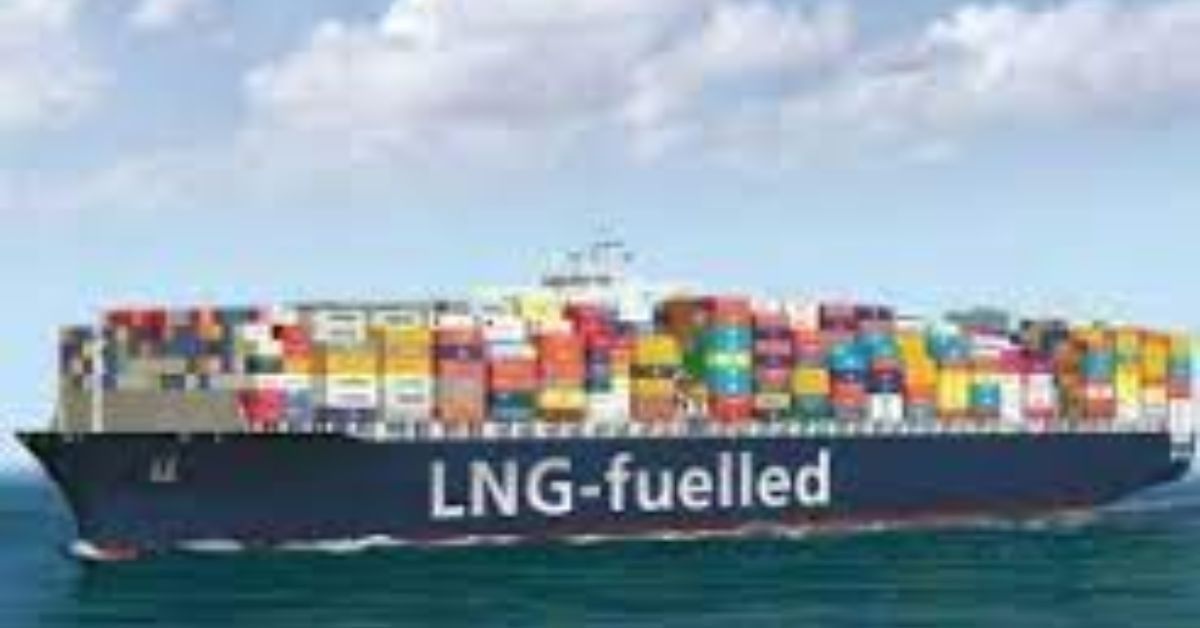Even if the economics of using alternate fuels do not add up this year, shipping is switching to new fuel arrangements in unprecedented numbers. According to statistics provided by Clarkson Research Services, the majority of orders in 2022 so far – 63 percent in GT terms – have been for alternative fuel capable units, up from roughly 30 percent in the previous two years. LNG is still the most popular alternative fuel, accounting for 59 percent of orders thus far in 2022, compared to just 28 percent last year.
Orders for other alternative fuelled units in the year to date have included four methanol capable box ships and a number of LPG/ethane fuelled LPG carriers. Battery/ hybrid ships also make up a significant share of vessel numbers, with 26 orders in 2022 so far.
“Some owners are already opting for ‘fuel optionality’ (with over 20 orders in 2022 so far for LNG capable plus ammonia/methanol ‘ready’ units for potential later conversion),” Clarksons noted in its most recent weekly report.
While alternatively fuelled new builds are now in the majority for the first time, it is debatable just how much of the existing LNG dual-fuel ships are actually burning gas as opposed to cheaper, traditional bunker fuel. Many dual-fuel vessels this year have switched to run on very low sulphur fuel oil as it is considerably cheaper than LNG. High LNG prices are forcing some of the biggest early proponents of the fuel to cool their interests this year. Splash has heard one of the large European containerlines say at a closed-doors event earlier this year that all its LNG vessel investment plans are on hold, as it waits and sees whether LNG prices are going to stay elevated.







